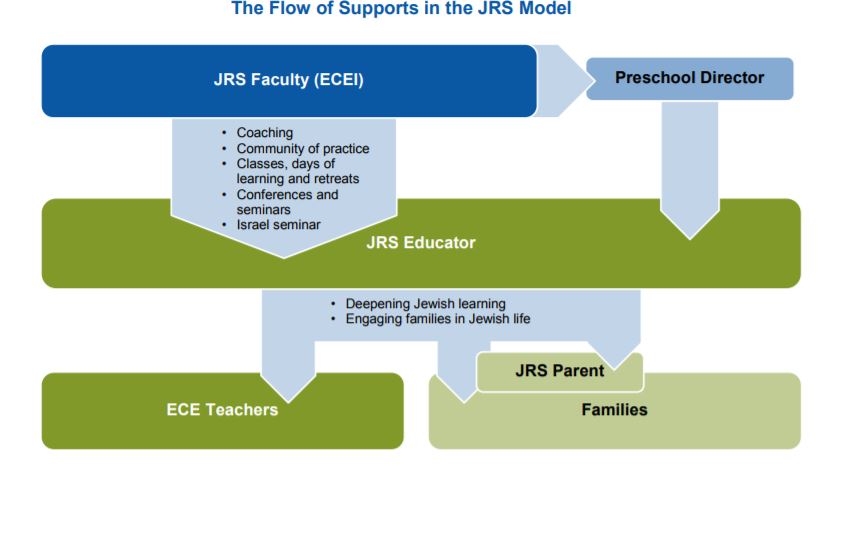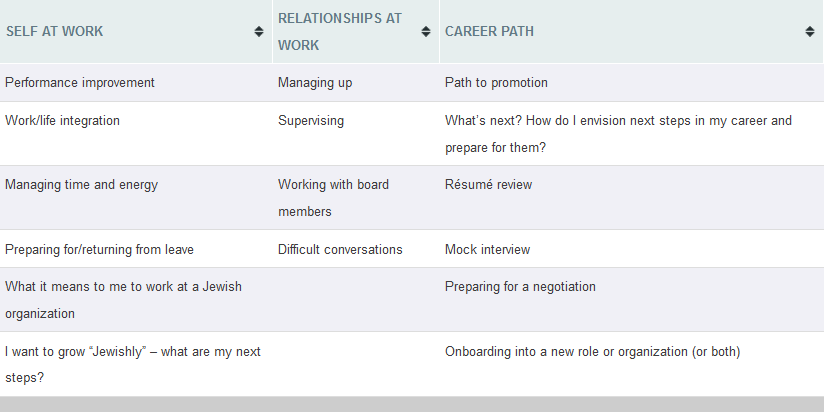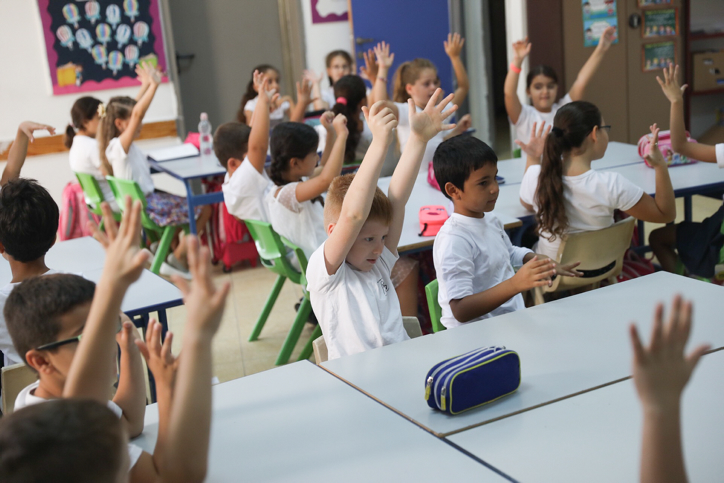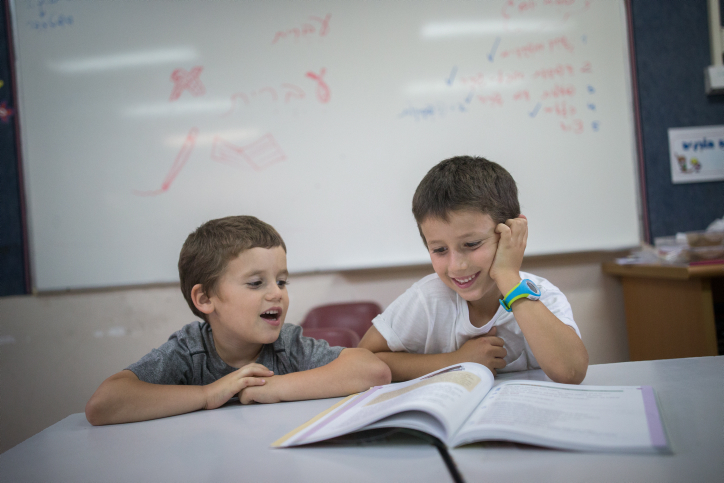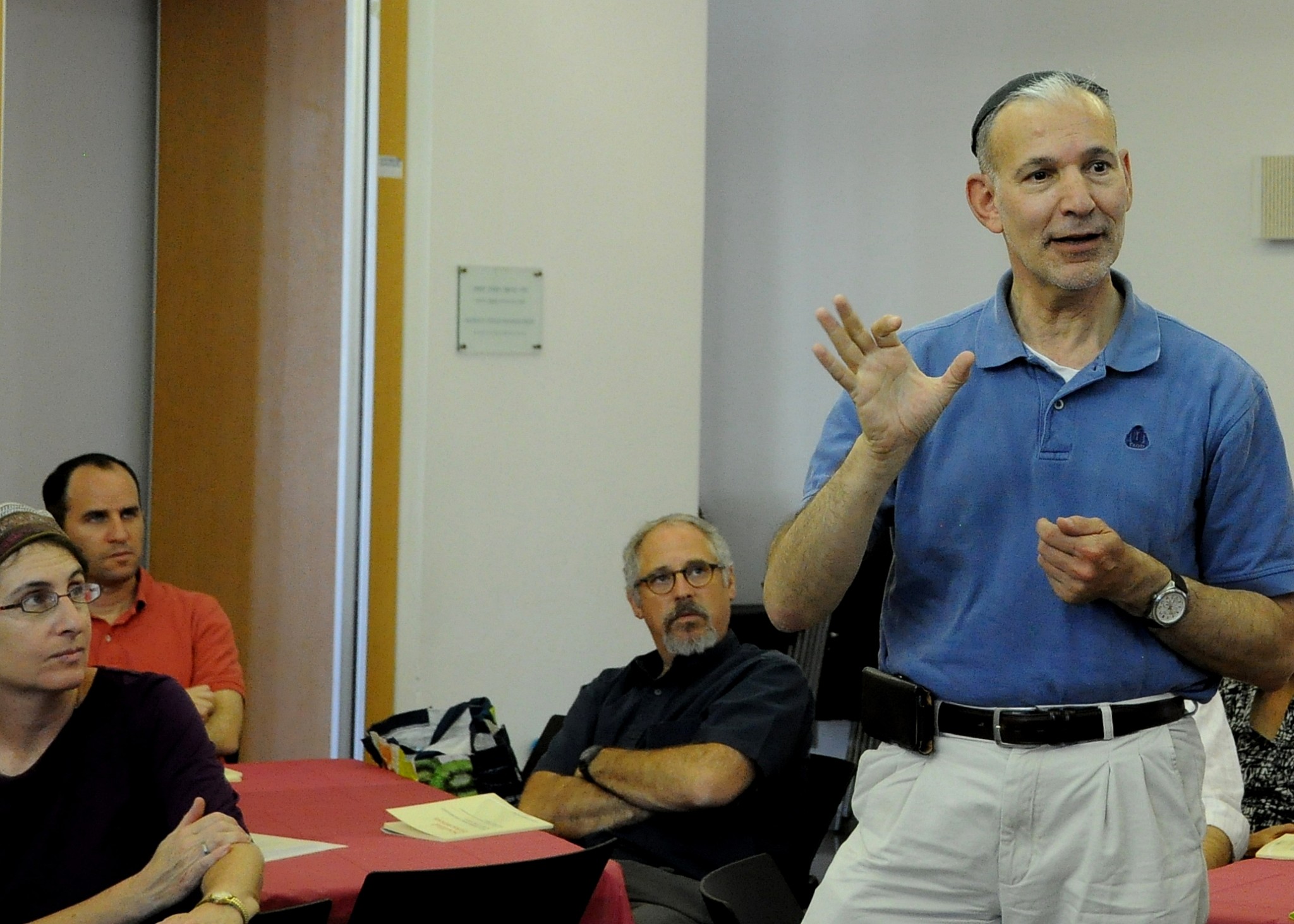Kids who love Jewish overnight camp will have one more local option to choose from this summer.
Eden Village West, the first expansion of Eden Village Camp in upstate New York, will open near the Russian River in Sonoma County on June 19 for the first of three sessions focused on farming, food, outdoor education and homesteading crafts. And, of course, building Jewish connections.
Its debut will bring the total number of Jewish overnight summer camps in Northern California to six — a veritable feast for Bay Area campers (and their parents). According to the S.F.-based Jewish Community Federation, some 3,500 children, teens and young adults attended Jewish overnight camps in Northern California last year.
Eden Village West is the region’s third specialty camp to open in recent years, following on the heels of the JCC Maccabi Sports Camp (2014) and Camp Ramah in Northern California (2016). The former, affiliated with the JCC Association of North America, is held on the campus of Menlo College in Atherton; the latter, part of the camping arm of the Conservative movement, is located in Watsonville about a mile from the shores of Monterey Bay.
These newer options have only added to the rush of youth who have flocked to the area’s more traditional Jewish residential summer camps: Camp Tawonga (near Yosemite), Camp Newman (Santa Rosa) and Camp Be’chol Lashon (Petaluma).
Camp Tawonga, in operation for 92 years, “reaches the broadest possible range of families,” according to its website, “because it is not limited to any particular movement or affiliation.” This year’s sessions, from June 17 through Aug. 14, are for kids entering the second through 10th grades, and there are also six popular family camps on tap this summer and fall, each lasting four days.
Camp Newman, which will be held at Cal State University’s Maritime Academy in Vallejo this summer after losing its home facility in the Tubbs Fire last October, is affiliated with the Union of Reform Judaism. Newman is entering its 21st year, though it celebrated a 70th anniversary last year in conjunction with the famed, 185-acre Camp Swig, which shut down in 2003, and its predecessor, Camp Saratoga.
Camp Be’chol Lashon, which will be holding its 10th annual camp this summer, provides a camp experience to Jews of color and mixed-race backgrounds. A program of S.F.-based nonprofit Be’chol Lashon (In Every Tongue), which seeks to grow and strengthen the Jewish people through ethnic, cultural and racial inclusiveness, the camp draws 8- to 18-year-olds from throughout the United States to its three sessions, which are crammed into a fairly short window (July 22 to Aug. 12 this year).

All of the camps seem to be quite popular. Enrollment was up at the five existing camps in 2016 and 2017, and the addition of Eden Village West is expected to add to that growth, positioning the Bay Area as a prime location for Jewish residential summer camp.
Jamie Simon, Tawonga’s executive director, said her camp had a sizable waitlist last year and that she expects the same this coming summer, for which she gave a tip of the cap to the new camps.
“If anything, they help enrollment,” she said. “Our community is seeing the impact of Jewish camp more than ever as the options in the area increase.”
Specialty camps are the newest addition to the field of Jewish camping, with two opening in the Bay Area in the last three years and a third set to join them this summer.
All three have received financial and operational support from the Foundation for Jewish Camp, the S.F.-based Jim Joseph Foundation and the Avi Chai Foundation through a program called the Foundation for Jewish Camp Specialty Camps Incubator.
The JCC Maccabi Sports Camp and Eden Village West were created directly from the incubator, while Camp Ramah received support and direction from the foundation.
Nationwide, the incubator has provided nearly $30 million for the launch and support of 17 Jewish specialty residential camps since 2010. The aim is to get more kids to camp, especially older kids and teens who might otherwise not attend but are interested in focusing on a particular interest or skill.
According to Jeremy Fingerman, CEO of the Foundation for Jewish Camp, the increase of Jewish specialty camps is a welcome addition to the Jewish camp experience, and, since 2010, they have contributed to an 18-percent spike in camp attendance across the country. These camps are bringing in new demographics of families and teenagers, he said, who are gravitating to the immersive experiences on a particular subject or activity.

“What we have done, really successfully, is helped these camps weave in Jewish culture and traditions and values, which helps the camper develop a skill and feel a part of the larger Jewish community,” Fingerman said.
It’s a win for the Bay Area as well.
“The Bay Area is such a geographically large region, and has such a diverse Jewish community, that there is space for all three of its specialty camps to attract different families from across the area,” said Aaron Saxe, program officer at the Jim Joseph Foundation, which has granted more than $27 to the Foundation for Jewish Camp for the Specialty Camps incubator and another $12 million to FJC for other programs supporting Jewish camps.
“It’s exciting to see these new offerings,” Saxe continued. “The community’s numerous year-round programs for youth help to show the demand, and these camps really can build on the success of those programs.”
Camp Ramah in Watsonville is offering campers an array of four-week “intensives” this summer: scuba diving, surfing, horseback riding and musical composition. Enrollment was up in 2017, the camp’s second year, and Rabbi Sarah Shulman, the director since Day 1, said she expects it will grow again this summer, drawing third- to 12th-graders mostly from the Bay Area. Ramah also offers a two-week program for campers with special needs; one serves roughly fourth- to 12th-graders with mild to moderate intellectual and developmental disabilities, the other is a vocational program for 18- to 26-year-olds.
“It has been a pleasure to be a part of the collaborative and collegial overnight Jewish camp community in Northern California with such supportive partners,” Shulman said.
The JCC Maccabi Sports Camp offers sessions of one week (“rookie”), two weeks (no catchy name) and four weeks (“all-stars”) focused on athletics and movement. The core sports for summer 2018 are baseball, basketball, soccer, tennis, lacrosse, softball, flag football and dance, and there is also a day camp option. Each day, campers who’ll be entering grades 3 through 11 have two sessions, totaling about four hours of training and games in their core sport, under the direction of experienced coaches.
Director Josh Steinharter said he, too, expects a jump in enrollment this summer after steady growth in past summers. Most of his campers come from the Bay Area, he added.

All of the camps are supportive of one another’s role in creating a strong Jewish connection among young people that will carry on for the rest of their lives.
The S.F.-based Jewish Community Federation brought camp leaders together last year to discuss this common purpose and future goals. In a vision statement they crafted, they noted that Jewish camps in Northern California “are operating at maximum capacity,” which is great because it reflects “the full diversity of our Bay Area Jewish community” and gives “every Bay Area Jewish child” an “opportunity to grow.”
Well, maybe not every child. According to Wendy Verba, a senior program officer at Federation, there are “far more kids who could attend camp than there are spots.”
A 2004 Federation study found that there were 53,000 Jewish children in its service area of San Francisco, the Peninsula, and Marin and Sonoma counties. So clearly not all of them could attend a Jewish camp.
Moreover, not every family can afford to send its kids to camp without financial help. But many kids these days are getting the chance to go to camp via incentives, discounts and programs offered by the individual camps themselves or through programs such as One Happy Camper, an initiative of the Foundation for Jewish Camp that provides need-blind grants of up to $1,000 for families sending their kids to nonprofit, mission-driven Jewish overnight camps for the first time. The Federation has a web page packed with information about camp scholarships and grants.
Similarly, Camp Newman recaps money-saving options here and Camp Tawonga does the same. Each camp uses the same title for that page on its website: “Making Camp Affordable,” and options include early sign-up discounts, discounts for first-time campers, sibling discounts and matching funds on congregational scholarships.
In general, the specialty camps have been attracting slightly older kids, said Saxe of the Jim Joseph Foundation, many who have aged out of traditional camps but want to hone a particular skill. Also, he added, many families that are not integrated into the organized Jewish community are seeking out the specialty camps and finding Jewish connection there.
The established camps have taken note. For example, URJ now offers specialty camps in leadership, art and music (for teens in grades 10-12), science and technology (grades 5-10) and sports (grades 4-11), though none are offered at URJ Camp Newman in the Bay Area. Tawonga has a lineup of seven adventure travel “camps” called Quests; the trips, including one for girls only, last between six days and three weeks and include activities such as backpacking, rock climbing, kayaking and rafting.

Eden Village West is a welcome addition to the camp roster, several people interviewed for this article noted, providing what is being billed as the Bay Area’s first farm-to-table immersive camp experience. Indeed, Casey Yurow, camp director at Eden Village West, said other camps “have been supportive in welcoming us in.”
At Eden Village West, the plan is to let campers choose among four program areas every day: culinary arts, such as cooking and baking with organic and kosher ingredients; farming activities, such as planting seeds and milking goats; forest-related activities, such as creating shelters and tracking animals; and artistic endeavors, such as pottery, spinning wool and making syrups.
The new camp will be held on the campus of Rio Lindo Adventist Academy on the outskirts of Healdsburg, less than a quarter-mile from the Russian River. Yurow said the camp is aiming for 150 campers (kids entering grades 3 through 9) across its three two-week sessions from June 19 through July 29.
The relatively small numbers will allow everyone to get to know each other and will be a “great start,” Yurow said.
Eden Village West will receive funding and guidance for the first three years to get the camp on its feet. But Yurow said he knows it will be well received, building from the success of the New York camp and the vibrancy of the Bay Area.
The original Eden Village Camp, located 50 miles outside New York City in Putnam Valley, New York, was founded eight years ago as an “innovative, Jewish, organic farm camp,” according to its website. Located on 248 acres, the camp blends food, organic farming, wilderness adventures, nature and science “all in a vibrant, kind Jewish community.”
“There is so much demand for the kind of Earth-based Judaism and loving kindness that Eden Village Camp creates,” the camp’s founding director, Yoni Stadlin, told JTA in 2016. “I believe we are changing the world one camper at a time, and this expansion [to Healdsburg] will allow us to double our impact on the Jewish adults of tomorrow.”
Added Yurow: “We have realized that camp really works in the Jewish community. Having an immersive experience of being in a community and being away from home provides kids with a chance to develop themselves as people and as leaders, and to experience a kind of Jewish life and community that’s hard to emulate outside of the camp setting.”
